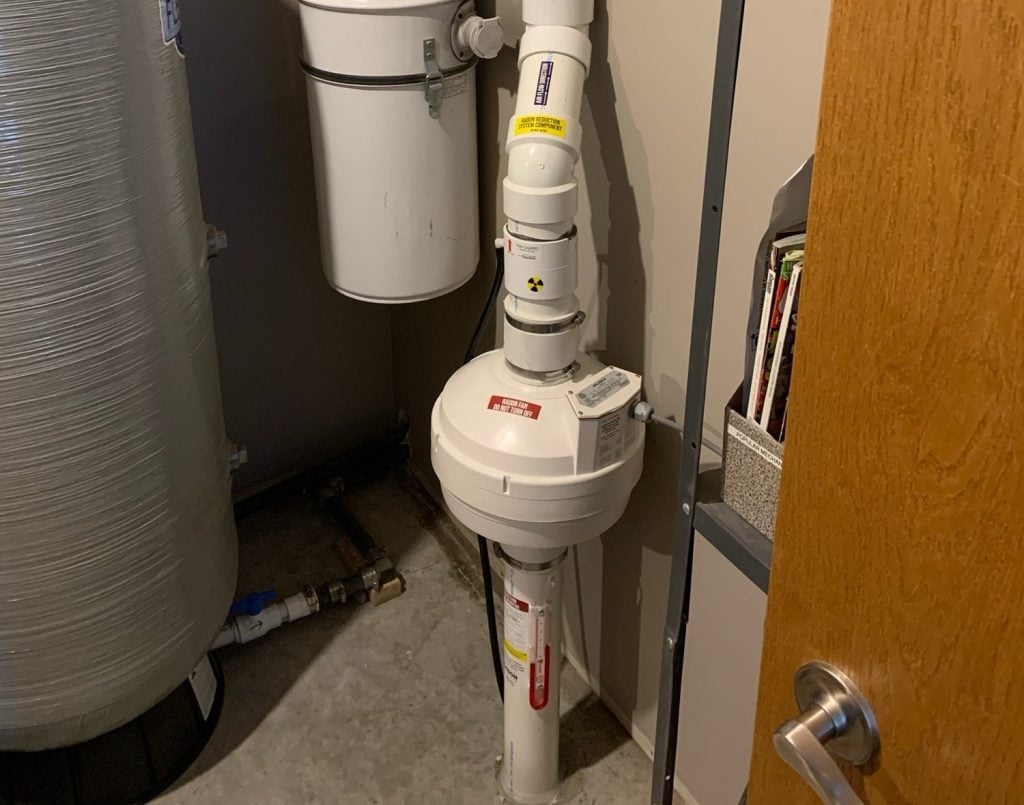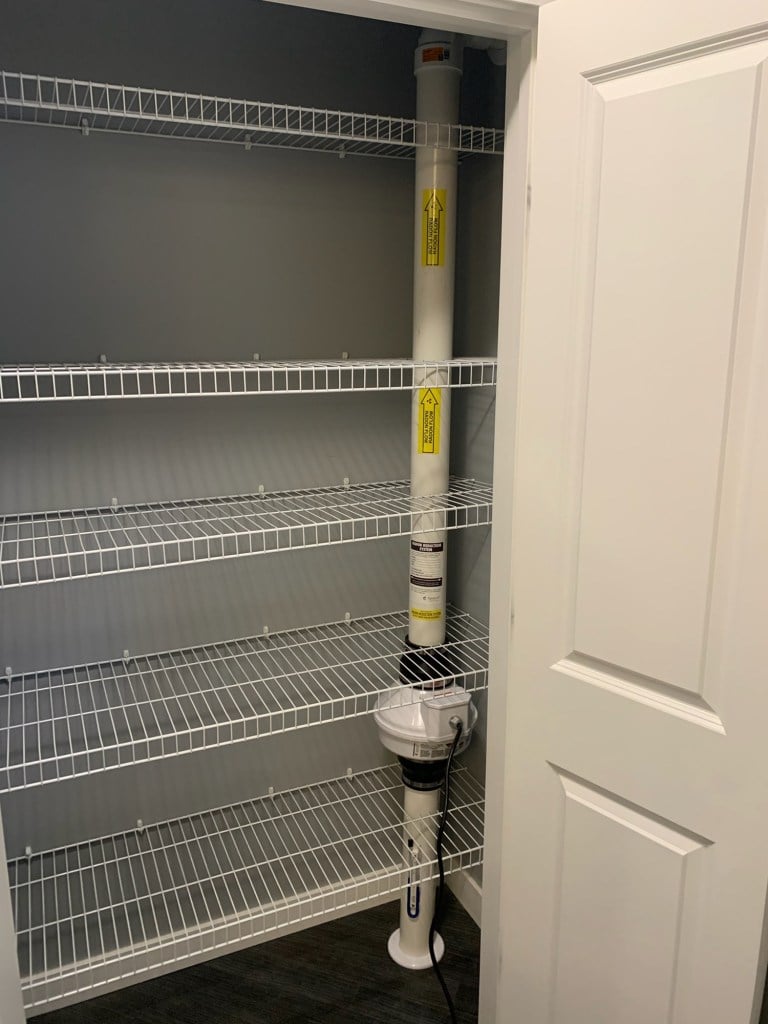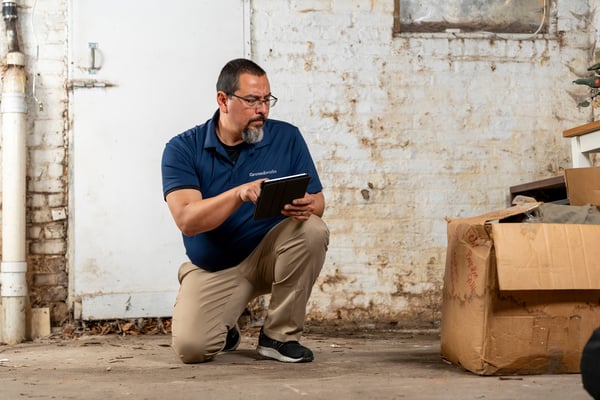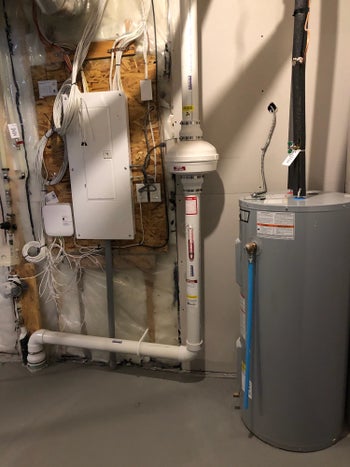What is a Radon Mitigation System and How Does It Work?

Radon is a radioactive gas that can seep into homes from the ground, posing serious health risks. In Canada, where long winters lead to extended indoor exposure, ensuring safe radon levels is critical. A radon mitigation system helps reduce radon concentrations, making homes safer for residents.
But how does a radon mitigation system work? Let’s explore the components, function, and benefits of these systems in Canadian homes.
Why is Radon a Concern in Canada?
Canada’s geology makes many regions prone to high radon levels. The gas forms naturally as uranium in soil and rock breaks down. It seeps into homes through foundation cracks, sump pumps, and other openings. Radon testing is the only way to detect this invisible, odorless gas. Health Canada recommends taking action if radon levels exceed 200 Bq/m³, as prolonged exposure increases the risk of lung cancer.
How Does a Radon Mitigation System Work?
A radon mitigation system is designed to lower radon concentrations by preventing the gas from accumulating indoors. The most common method is sub-slab depressurization, which involves installing a vent pipe and fan system to redirect radon away from the home.
Here’s a step-by-step breakdown:

- Radon Testing: Before installing a system, homeowners must conduct radon testing using short-term or long-term detectors. Professional radon testers can provide more accurate results.
- Determining the Best Solution: If high levels are detected, a certified mitigation professional assesses the home’s foundation and air exchange patterns to design an effective solution.
- Installation of a Basement Radon Mitigation System: Since basements are most vulnerable to radon intrusion, a basement radon mitigation system typically involves drilling a hole in the foundation slab and inserting a ventilation pipe.
- Ventilation and Fan System: A fan is installed to create negative pressure under the slab, drawing radon gas from beneath the home and venting it safely outside.
- Sealing Entry Points: Cracks in floors, walls, and foundation joints are sealed to prevent radon from entering the home.
- Post-Mitigation Testing: After installation, additional radon testing confirms the system’s effectiveness, ensuring radon levels remain below the recommended threshold.
Choosing the Right Radon Mitigation System for Your Home
Different Canadian homes require tailored radon solutions. Here are the most common types:

- Active Sub-Slab Depressurization: The most effective and widely used radon mitigation system in Canada. It involves a fan-powered vent system that continuously removes radon.
- Passive Radon Mitigation: Used in newly built homes, these systems rely on natural airflow to reduce radon but can be upgraded with a fan if needed.
- Crawl Space Mitigation: Homes with crawl spaces may require a special barrier and venting system to prevent radon entry.
Maintaining a Radon Mitigation System
Once a radon mitigation system has been installed, it’s important to make sure it remains in working order. Regular maintenance includes checking the fan operation, inspecting seals, and conducting follow-up radon testing to ensure continued effectiveness. Professional radon mitigation services often include supplementary testing and maintenance to ensure that your home is still safe from radon accumulation.
Trust Groundworks for Expert Radon Mitigation

For Canadian homeowners, radon testing is the first step in identifying potential risks. If high radon levels are detected, installing a radon mitigation system—especially a basement radon mitigation system—is the best way to protect your home and family.
If your home is testing for excess radon, it’s critical to act fast. Stay proactive and invest in a system that keeps your home safe from this invisible threat. Contact the radon mitigation experts at Groundworks today for a free estimate.


